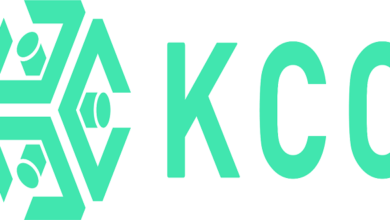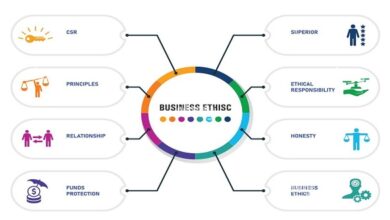Resolve roadblocks Helping Individuals and Groups Solve Problems

Blame, shame, panic, pander—enlightened entrepreneurs don’t do any of these to employees that miss their marks. Sure, these execs may feel frustrated. But they’re cooperative and exploratory, not combative and accusatory. They know that a disciplined attitude, tight procedures, and plenty of intellectual elbow grease can make problem-solving more like piecing together a puzzle than pulling teeth.
Not all problems can be solved one-on-one. That’s why it’s important to learn my group problem-solving technique. When I hit the road for store visits, it was fun to identify and resolve roadblocks as a group. The process can yield a big harvest wherever you go.
The seven steps for group problem-solving are:
- Build Rapport. Learn or confirm everybody’s name: “Nice to meet you, Mary; glad you’re on the team.” “Great to see you again, George; you’re looking good.” Ask about spouses and kids, and whether anyone’s had recent accomplishments or adventures. Genuinely making the effort to connect, one human being to another, builds the bonds of an effective working relationship.
- Offer Assistance. Confirm that everyone’s getting all the support they need. Somebody’s almost always thinking, how can we take on something new when we can’t even get support for what we’re doing now? Maybe one employee isn’t receiving an important report on time. Perhaps marketing isn’t providing someone else with enough lead time on promotions.
- Review the Numbers. Ask for stats—revenue, customer satisfaction surveys, ad-response rates—that reflect the group’s performance. For instance, I’d ask the store manager for last month’s profit- and- loss statement and up- to- the-second leading indicators. That info provided valuable context. It’s also a reality check to everything is great! Syndrome.
- Compliment and Congratulate. Recognize and praise individual and team successes. Get the applause meter jumping? In exceptional cases, promise to pick up the tab for a team outing. Praising people in front of their peers pumps up the team and sends the message that excellence is expected, appreciated, and rewarded.
- . Identify Roadblocks. Ask everyone where improvement is most needed and where they see obstacles. In an atmosphere of trust and security, it’s amazing how a simple question like “What’s going on?” produces all sorts of valuable info. At the first hint of a problem, drill down with Colombo-like questions until you hit a gusher.
- Cast the Net Again. To ensure real candor, hand out blank sheets of paper and ask everyone to anonymously describe the best things about the unit and its biggest challenges. This always produces eye-openers. If it’s a small group, collect the responses and mix them up to preserve anonymity.
- Get Commitments. It’s natural for somebody to be embarrassed when they’re identified as a roadblock in front of their teammates. Disarm the situation by warmly pointing out what the person is doing right and framing the matter as a teachable moment: “I’m really glad this came up because it’s a great reminder that every single step in our process impacts customer service, store earnings, and, ultimately, your bonuses.” Gently ask the employee how he can make things right. If you’re satisfied with his answer, agree on a course of action.
Last word
The magic of candid group sessions can illuminate every angle of a problem. That leads to better decision-making and deeper support for the decisions— and for procedures already in place. It was a rare brainstorming session that failed to produce effective solutions.
The tattoo culture has experienced a significant rise in popularity over the years, becoming more mainstream and widely accepted. Tattoos have a long and rich history, serving as a form of self-expression and a symbol of cultural significance. From ancient civilizations to modern times, tattoos have held various meanings and purposes.





